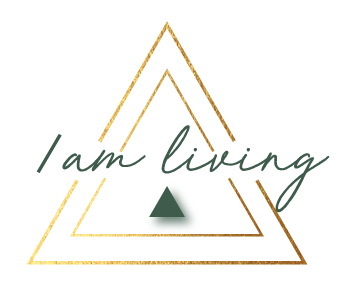
Moment, 1 Time, Never Again
I recently returned from two weeks in Japan—first in Nozawa Onsen, a small farming and ski village where the way of life is simple, deeply connected, and slow—before exploring the rich culture in Kyoto and Tokyo. There’s a Japanese phrase that echoed through every part of my trip: Ichigo Ichie. "One moment, one time. Never again."

Returning to Love: A Practice for Complex Times
This week, I’m sharing a reflection on compassion: not as something we give, but as something we practice returning to. Inspired by Reverend Gregory Boyle and Pema Chödrön, this piece explores how self-judgment blocks our ability to connect—and how softening inward is what helps us meet others with grace.

What needs to die—so you can fully live? 🌱
"Every night, I choose to die…I let my ego, my known 'self' die, and I wake up each day, ready to be reborn."

Your Mind's Worst Trick—And How to Stop It 🙌
We don’t just suffer when something actually goes wrong. We suffer every time we relive it in our heads—before, during, and long after it’s passed. Our minds are wired to scan for danger—they do this brilliantly.
Season of Reflection, Joy & Growth 🍁
While this season is about giving to others, it's equally important to gift yourself. No, I'm not talking about that trendy gadget or designer wear. I'm hinting at something far more precious: a deep connection with + truly meeting yourself and your potential, beyond barriers and unconscious limits and way past what you imagine possible

